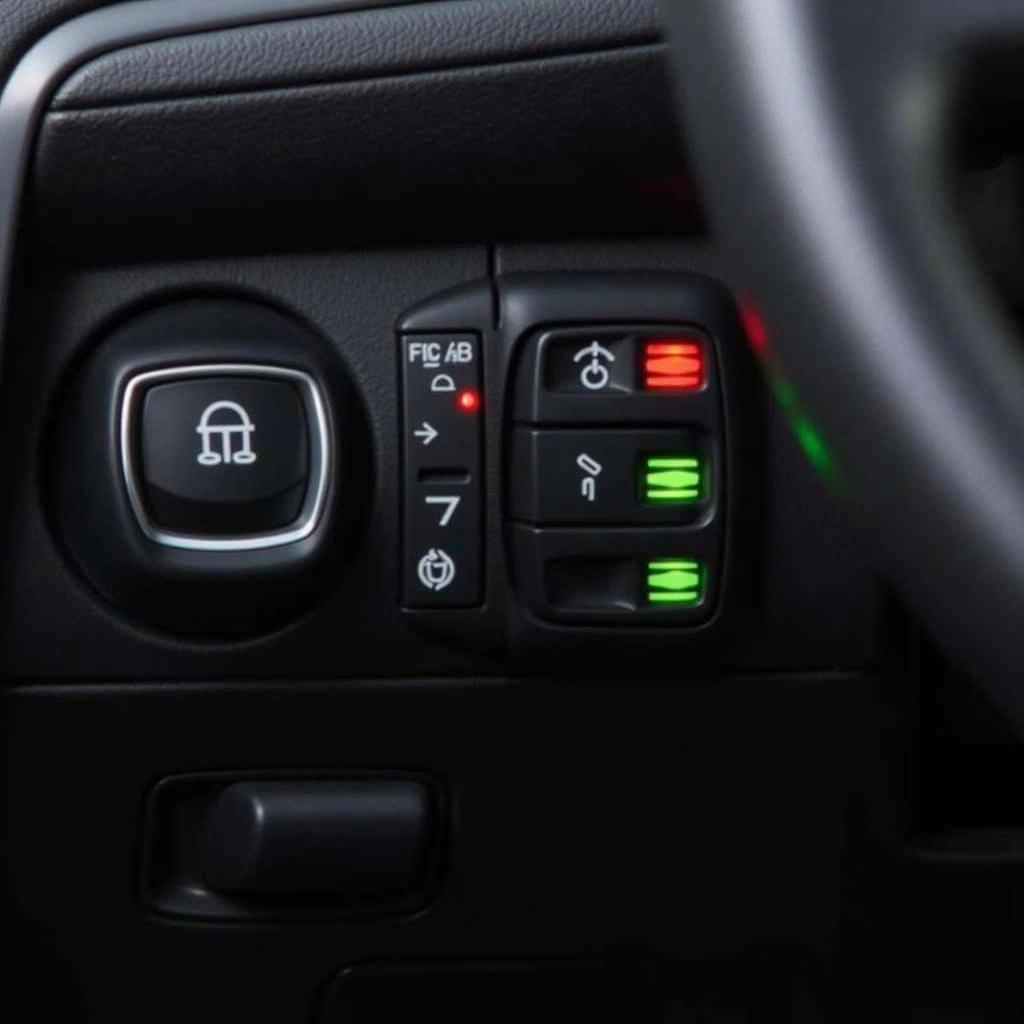Car Detailing Heated Seats requires a delicate balance of thorough cleaning and preservation of the intricate heating elements within. This guide delves into the intricacies of maintaining these luxurious features, offering valuable insights into proper cleaning techniques, preventative measures, and troubleshooting common issues. We’ll equip you with the knowledge to keep your heated seats in pristine condition, ensuring optimal performance and longevity.
Understanding Your Heated Seats
Heated seats are a welcome luxury, especially during colder months. They provide a soothing warmth that enhances driving comfort and can even alleviate muscle stiffness. However, these complex systems require specialized care to prevent damage and ensure long-lasting performance. Understanding their construction is the first step towards proper maintenance. Most heated seats utilize a network of thin wires embedded within the seat’s upholstery, generating heat when activated. This intricate network is susceptible to damage if not handled correctly during cleaning.
Cleaning Your Heated Seats: A Step-by-Step Guide
Cleaning heated seats doesn’t have to be daunting. With the right approach and products, you can maintain their cleanliness and functionality without causing harm. Here’s a comprehensive guide:
- Vacuum: Start by thoroughly vacuuming the seats to remove loose dirt, crumbs, and debris. Pay attention to the seams and crevices where dirt tends to accumulate.
- Select the right cleaner: Opt for a pH-neutral cleaner specifically designed for car upholstery. Avoid harsh chemicals or abrasive cleaners that can damage the leather or fabric and potentially compromise the heating elements.
- Apply the cleaner: Spray the cleaner onto a microfiber cloth, not directly onto the seat. This prevents oversaturation and minimizes the risk of liquid seeping into the heating system.
- Gentle wiping: Gently wipe the seats in small sections, working your way from top to bottom. Avoid excessive rubbing or scrubbing, as this can damage the upholstery and the heating elements.
- Drying: Allow the seats to air dry completely before turning on the heating function. This prevents moisture from damaging the electrical components.
Preventing Damage to Your Heated Seats
Prevention is key to maintaining the longevity of your heated seats. Here are some preventative measures:
- Regular Cleaning: Regularly vacuuming and cleaning your seats prevents dirt and grime from building up and causing potential damage.
- Avoid Spills: Be mindful of what you bring into your car and try to avoid spills, especially sugary drinks or liquids that can stain and damage the upholstery.
- Protective Covers: Consider using seat covers, especially during messy activities or when transporting pets. Choose breathable covers to avoid trapping moisture.
- Professional Detailing: Periodically, consider having your car professionally detailed, including a thorough cleaning of the heated seats.
Troubleshooting Common Heated Seat Issues
Sometimes, despite our best efforts, issues can arise. Here are some common problems and potential solutions:
Seat Not Heating Up?
- Check the fuse: A blown fuse is a common cause of heated seat malfunction. Consult your car’s manual to locate the appropriate fuse and replace it if necessary.
- Wiring problems: Damaged wiring can also prevent the seats from heating. This requires professional diagnosis and repair.
Uneven Heating?
- Damaged heating element: A break in the heating element can cause uneven heat distribution. This typically requires professional repair or replacement of the affected element.
 Car Heated Seat Control Panel
Car Heated Seat Control Panel
Conclusion
Car detailing heated seats requires a thoughtful approach to ensure both cleanliness and functionality. By following the cleaning and preventative measures outlined in this guide, you can keep your heated seats in top condition, providing years of comfortable driving. Remember, regular maintenance and prompt attention to any issues are crucial for preserving the longevity of these luxurious features. Car detailing heated seats isn’t just about cleanliness; it’s about maintaining the comfort and value of your vehicle.
FAQ
- Can I use any car upholstery cleaner on my heated seats? No, it’s best to use a pH-neutral cleaner specifically designed for car upholstery to avoid damaging the heating elements.
- How often should I clean my heated seats? Vacuum them weekly and clean them thoroughly every month or two, depending on usage.
- What should I do if my heated seat isn’t working? Check the fuse first. If the fuse is fine, consult a professional for diagnosis and repair.
- Can I repair a damaged heating element myself? It’s generally recommended to have a professional handle repairs to the heating elements.
- Are seat covers a good idea for heated seats? Yes, but choose breathable covers to prevent moisture buildup.
- Can I use a steam cleaner on my heated seats? It’s best to avoid steam cleaners as excessive moisture can damage the heating elements.
- How long should I wait after cleaning before using my heated seats? Allow the seats to air dry completely before turning on the heating function.
Need Help?
For expert advice and assistance with car detailing and diagnostics, contact us via WhatsApp: +1(641)206-8880, or Email: [email protected]. Our 24/7 customer support team is ready to help.

Leave a Reply